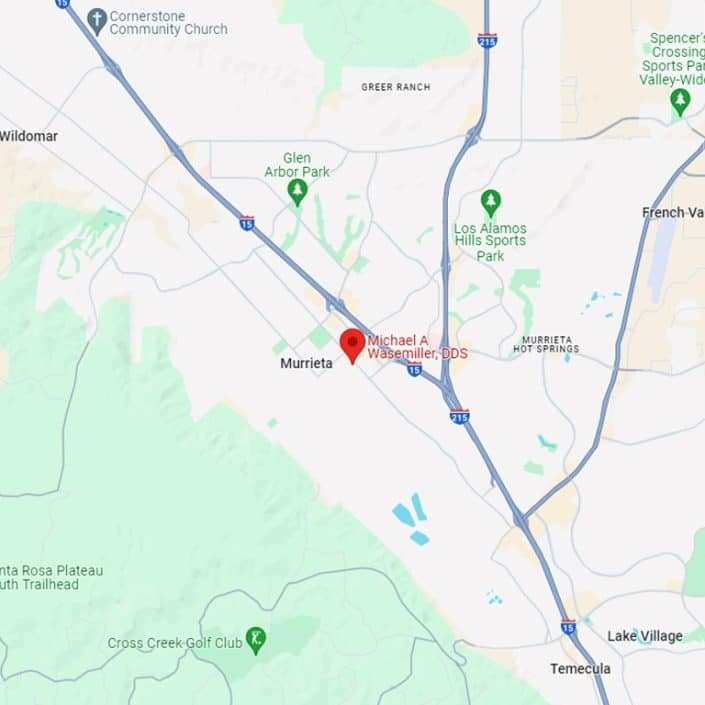If a person’s upper and lower teeth don’t come together in a proper bite, this is a condition known as a malocclusion. It may not sound serious, but a malocclusion can cause serious health problems. If a person’s upper and lower teeth don’t come together properly when you are resting, it can prevent the muscles in the neck and jaw from fully relaxing. This can lead to severe headaches, toothaches, and other issues. For some patients with an imprecise bite like this, your dentist can correct the problem with a procedure known as occlusal adjustment.
An occlusal adjustment is a procedure in which your dentist reshapes and possibly repositions your teeth so that they fit together correctly when you bite down. This is a permanent procedure, so your dentist will take precise measurements, X-rays and possibly even a dental cone beam CT scan of the surfaces of your teeth before proceeding.
Causes of Malocclusion
Sometimes a malocclusion can develop naturally as a child is growing. The problem can also be caused by an injury, or it can develop over time as a person’s teeth wear it. Sometimes dental work is the culprit that can result in a malocclusion. If a dental filling, crown or bridge extends just a little bit too far, it can prevent the jaws from fully closing when you bite down. In other cases, a tooth extraction can cause other teeth to shift in the mouth, leading to an imprecise “bite.”
Problems Caused by Malocclusion
A malocclusion may not seem like a serious problem at first, but over time it can create severe issues. This is why it’s important to alert your dentist to it right away if you notice a problem with your bite. If the malocclusion is not corrected, it can lead to many of the following types of oral health issues:
- Bruxism, or grinding of the teeth
- Chipped or cracked teeth
- Tooth sensitivity
- Temporomandibular Joint (TMJ) disorder
- Nerve damage or muscle damage
- Damage to dentures, crowns or other dental fixtures
- Headaches
- Facial or neck spasms
- Fatigue
Occlusal Adjustment
Occlusal adjustment can involve one or more of the following treatment options:
- Reshaping: The dentist will grind, drill or file misshapen teeth so that the surfaces fit together properly. This could involve a single tooth or several teeth, depending on the source of the malocclusion.
- Reconstruction: This involves reconstruction teeth that are cracked or broken, which can lead to an imprecise bite. Old fillings that are too large may need to be removed and replaced. Artificial teeth known as crowns may need to be placed to fill in gaps in your bite.
- Splints or Night Guards: These are custom-made devices that are worn over your teeth. The dentist will make an impression of your teeth to have these created. These are a treatment option that is usually prescribed for people with TMJ disorder.
- Braces or Aligners: Braces, retainers or Invisalign (clear aligners) can be used to shift the position of the teeth in the mouth, to correct a malocclusion. This process will involve multiple orthodontic treatments and can take six months to a year to complete.
It’s important that you communicate with your dentist if your bite does not align properly. A malocclusion will only get worse over time if it is left untreated. Contact our office today to schedule an appointment if you think you might have a malocclusion.

